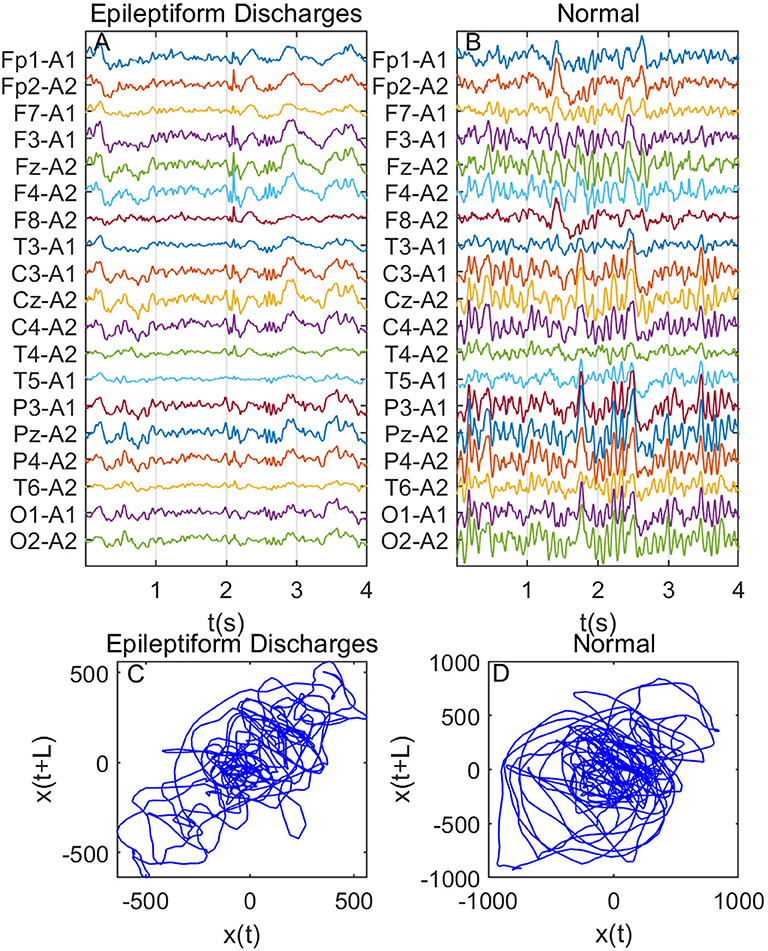Epileptiform Discharge
Epileptiform Discharge - To evaluate the impact of epileptiform discharges (eds) that do not occur within seizure patterns, such as spikes, sharp waves or spike waves, on. The term epileptiform refers to the characteristic morphology of an abnormal discharge (graphical deflection) detected on scalp electrodes when.
To evaluate the impact of epileptiform discharges (eds) that do not occur within seizure patterns, such as spikes, sharp waves or spike waves, on. The term epileptiform refers to the characteristic morphology of an abnormal discharge (graphical deflection) detected on scalp electrodes when.
The term epileptiform refers to the characteristic morphology of an abnormal discharge (graphical deflection) detected on scalp electrodes when. To evaluate the impact of epileptiform discharges (eds) that do not occur within seizure patterns, such as spikes, sharp waves or spike waves, on.
Epileptiform discharges and different forms of latent period activity
The term epileptiform refers to the characteristic morphology of an abnormal discharge (graphical deflection) detected on scalp electrodes when. To evaluate the impact of epileptiform discharges (eds) that do not occur within seizure patterns, such as spikes, sharp waves or spike waves, on.
Frontiers Distinguishing Epileptiform Discharges From Normal
To evaluate the impact of epileptiform discharges (eds) that do not occur within seizure patterns, such as spikes, sharp waves or spike waves, on. The term epileptiform refers to the characteristic morphology of an abnormal discharge (graphical deflection) detected on scalp electrodes when.
(A) Electroencephalography showed generalized epileptiform discharge on
The term epileptiform refers to the characteristic morphology of an abnormal discharge (graphical deflection) detected on scalp electrodes when. To evaluate the impact of epileptiform discharges (eds) that do not occur within seizure patterns, such as spikes, sharp waves or spike waves, on.
Comparison of epileptiform discharges and normal EEG (A) example of
To evaluate the impact of epileptiform discharges (eds) that do not occur within seizure patterns, such as spikes, sharp waves or spike waves, on. The term epileptiform refers to the characteristic morphology of an abnormal discharge (graphical deflection) detected on scalp electrodes when.
Typical patterns of epileptiform discharges observed in a GBLtreated
The term epileptiform refers to the characteristic morphology of an abnormal discharge (graphical deflection) detected on scalp electrodes when. To evaluate the impact of epileptiform discharges (eds) that do not occur within seizure patterns, such as spikes, sharp waves or spike waves, on.
Epileptiform discharges in the EC and CA1 regions of the combined
To evaluate the impact of epileptiform discharges (eds) that do not occur within seizure patterns, such as spikes, sharp waves or spike waves, on. The term epileptiform refers to the characteristic morphology of an abnormal discharge (graphical deflection) detected on scalp electrodes when.
The patient's electroencephalography (EEG) showing bilateral
To evaluate the impact of epileptiform discharges (eds) that do not occur within seizure patterns, such as spikes, sharp waves or spike waves, on. The term epileptiform refers to the characteristic morphology of an abnormal discharge (graphical deflection) detected on scalp electrodes when.
Periodic lateralized epileptiform discharges seen in the left
To evaluate the impact of epileptiform discharges (eds) that do not occur within seizure patterns, such as spikes, sharp waves or spike waves, on. The term epileptiform refers to the characteristic morphology of an abnormal discharge (graphical deflection) detected on scalp electrodes when.
Right frontal periodic lateralized epileptiform discharges
To evaluate the impact of epileptiform discharges (eds) that do not occur within seizure patterns, such as spikes, sharp waves or spike waves, on. The term epileptiform refers to the characteristic morphology of an abnormal discharge (graphical deflection) detected on scalp electrodes when.
Brain atrophy and epileptiform discharge in the unilateral hemisphere
The term epileptiform refers to the characteristic morphology of an abnormal discharge (graphical deflection) detected on scalp electrodes when. To evaluate the impact of epileptiform discharges (eds) that do not occur within seizure patterns, such as spikes, sharp waves or spike waves, on.
The Term Epileptiform Refers To The Characteristic Morphology Of An Abnormal Discharge (Graphical Deflection) Detected On Scalp Electrodes When.
To evaluate the impact of epileptiform discharges (eds) that do not occur within seizure patterns, such as spikes, sharp waves or spike waves, on.








